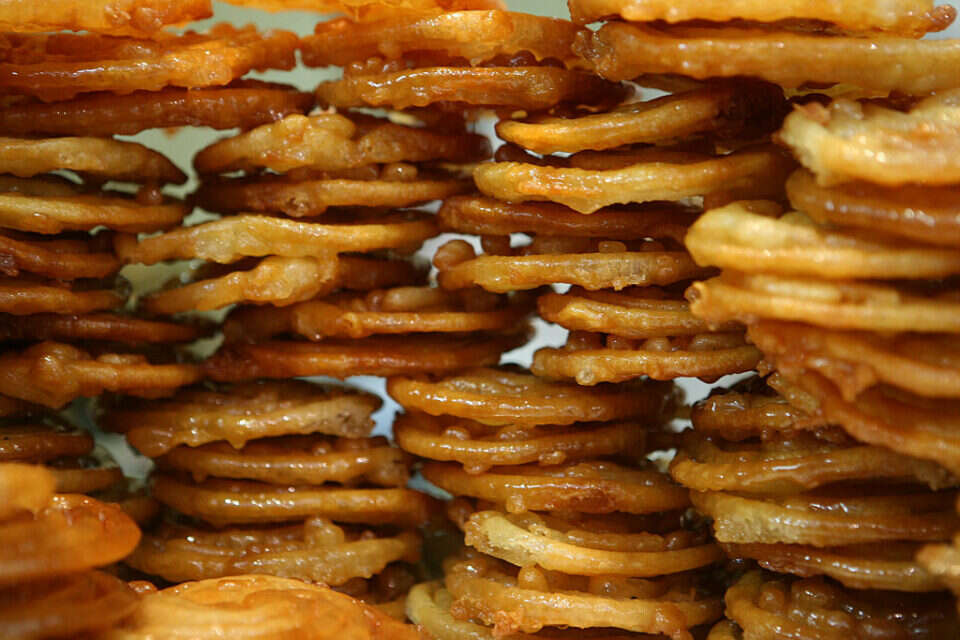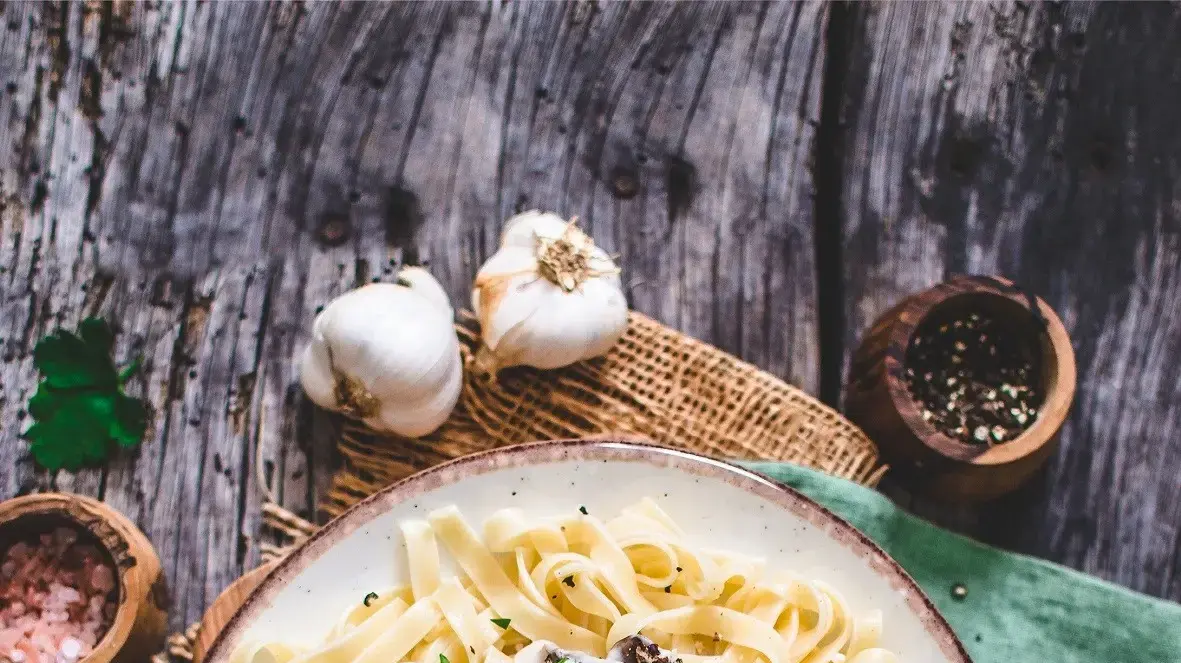Fried, greasy, with or without cheese and milk, Hanukkah dishes are always delicious and sweet.
Still, how many donuts can you already eat?
- So after diversifying with pancakes and spinach, it's time for something new: Hanukkah dishes you did not know.
In memory of the miracle of the jug of oil, it is customary on Hanukkah to eat foods fried in oil, lots of oil.
Pancakes, donuts and even spinach stand up to this rule heroically, usually deep-fried in oil.
The miracle of the oil jug, you know, is a great excuse to eat high-calorie, oily foods.
Some claim that the custom of eating oil-fried donuts dates back to the days of Rabbi Maimon Bar Yosef Dayan, the father of Rambam, who lived in Spain and Morocco about 900 years ago. .
The source of the claim is in a manuscript written by Rabbi Yehuda ben Rabbi Meir Tolidano, who lived in Morocco in 1780, with a quote by Rabbi David HaSevoni from the city of Sally in Morocco, an earlier sage, quoting the words of Rabbi Maimon.
There are also those who have argued that eating donuts on Hanukkah is a virtue for livelihood and wealth, but this is probably a modern invention (designed to take care of the livelihoods of bakery owners, apparently ...).
900-year-old tradition.
Donuts, Photo: Eyal Margolin-Ginny
Whether the custom is ancient or not, the various Israeli testimonies have invented other interesting Hanukkah dishes besides donuts and pancakes, with surprising names and heavenly flavors, with what all these Jewish dishes have in common is frying in oil.
Feel free to try:
Debla
- Spanish-Turkish rose cookies made from long strips of dough deep-fried in oil and gathered into a crispy, sweet rose shape.
Most often served in sugar syrup.
Acceptable among the Jews of Tunis.
Also called Pazuelo and Shbakia.
Zlopta
- A Hanukkah dish for the Jews of Kurdistan.
A kind of sweet, flat pita with a hole in the center, which is deep-fried and eaten hot, straight from the oil.
tasty!
And no, this is not a donut, but something else entirely, one has to taste to understand.
Also called Zelubia and Zelabia.
Prixa
- The Jews of Tunis allow themselves to celebrate Hanukkah with another delicious and greasy dish: Prixa.
A fried bun stuffed with every good - hard boiled egg, boiled potato, tuna in oil, pitted black olives, arisa and pickled lemon.
addictive!
Zangola
- Deep fried oil snails with sugar syrup and honey.
Accepted among Iraqis.
The cookies are made from a very soft dough that is poured straight into the boiling oil in a spiral motion.
Start with a small circle surrounded by a larger second circle, and so on.
And the result?
Amazing!
Making a sweet zangula in the Hatikva neighborhood, Tel Aviv, Photo: Liron Almog
Construction
- Square donuts
Have you ever
tasted?
These donuts were probably invented in France and spread from there to other countries, including Tunis, which was a protectorate of France during the colonial period.
Therefore, the construction is common among the Jews of Tunis, among whom they are also called Condale or Fritash (literally: fried).
Halba (Halva)
- a special Hanukkah dish by the Jews of Persia.
A delicacy based on flour lightened in a pan and mixed with oil, sugar or dates, cinnamon and coriander seeds.
The resulting delicacy is poured into a mold, cooled, cut two and evening, and garnish with pistachios.
Perka
- Sweet couscous with dates, nuts, almonds, sugar and cinnamon.
It is being prepared in honor of "Eid al-Banat", "Girls' Holiday", starting on the last day of Hanukkah.
But reading is not enough, one should also taste.
Recipe for Zalofta
For the dough: Mix half a kilo of plain flour, a tablespoon of dry yeast, 2 tablespoons of sugar, 1.5 cups of lukewarm water and a pinch of salt.
Put the dough until it becomes pliable and leave it to rest in a bowl under a towel and in a warm environment for half an hour.
Once the dough has risen, make balls the size of a fist and let them rest under a towel in a warm environment for another twenty minutes.
Meanwhile, heat the pot in deep oil until it bubbles.
Then, take one ball of dough at a time and stretch it between your hands until it becomes a plump pita.
Or: Zlopta.
Before putting the zlopta into the boiling oil, it is recommended to punch a small hole in the center of the pita with your fingers, to increase the surface area of the zlopta.
Fry until the zlopta turns over on its own.
If it does not tip over, turn it over with a spoon.
Remove with a suitable dish, soak up the excess oil and eat hot!
Were we wrong?
Fixed!
If you found an error in the article, we'll be happy for you to share it with us














